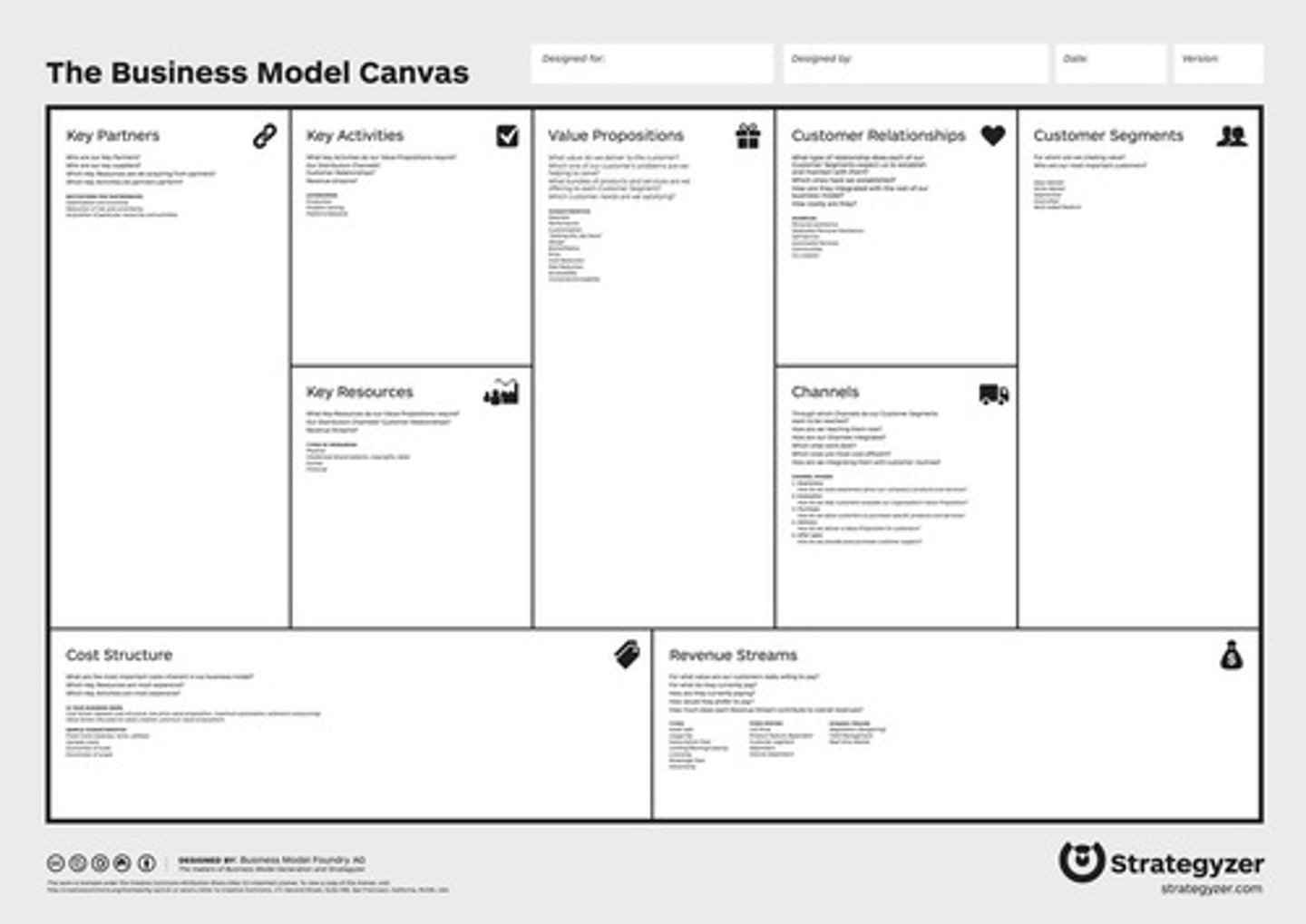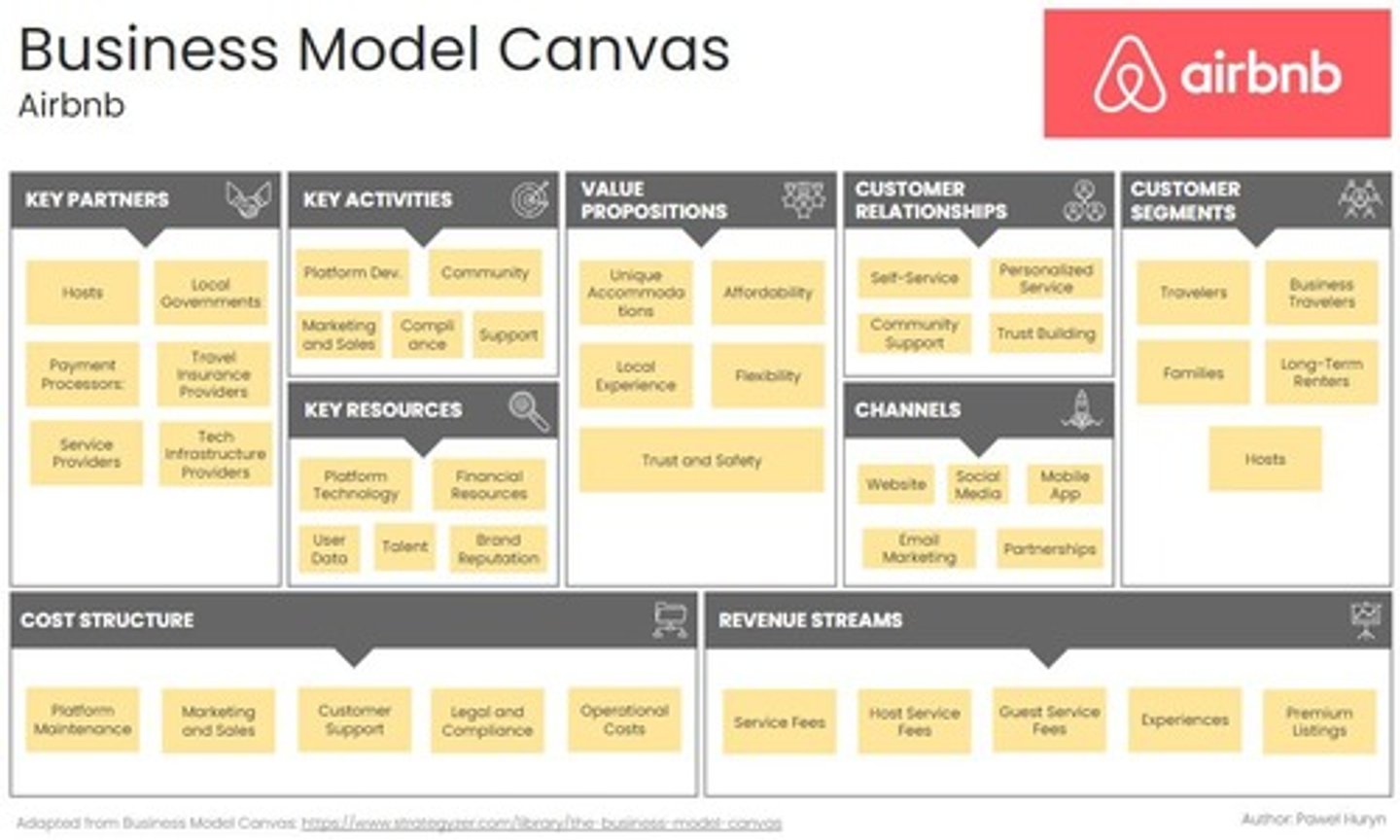Types of E-commerce Business Models Explained
Business-to-Business (B2B)
In this model, businesses sell products or services to other businesses. Examples include manufacturers selling raw materials to other businesses, software companies providing enterprise solutions to corporations, and wholesale suppliers selling products to retailers.
Alibaba Group (B2B)
Alibaba is a leading global e-commerce platform that connects businesses with suppliers and manufacturers, facilitating wholesale transactions. It operates multiple online marketplaces, including Alibaba.com and Taobao.
1/38
There's no tags or description
Looks like no tags are added yet.
Name | Mastery | Learn | Test | Matching | Spaced |
|---|
No study sessions yet.
39 Terms
Business-to-Business (B2B)
In this model, businesses sell products or services to other businesses. Examples include manufacturers selling raw materials to other businesses, software companies providing enterprise solutions to corporations, and wholesale suppliers selling products to retailers.
Alibaba Group (B2B)
Alibaba is a leading global e-commerce platform that connects businesses with suppliers and manufacturers, facilitating wholesale transactions. It operates multiple online marketplaces, including Alibaba.com and Taobao.
Business-to-Consumer (B2C)
This model involves businesses selling products or services directly to consumers. Examples include online retailers like Amazon, fashion brands like Zara, and streaming services like Netflix.
Amazon (B2C)
Amazon is the world's largest online retailer, offering a wide range of products and services to consumers, including electronics, books, apparel, and digital content. It also provides cloud computing services through Amazon Web Services (AWS).
Consumer-to-Consumer (C2C)
In this model, consumers sell products or services to other consumers through online platforms. Examples include online marketplaces like eBay and Craigslist, where individuals can buy and sell used items or handmade goods.
eBay (C2C)
eBay is a popular online marketplace that enables individuals and businesses to buy and sell a variety of goods, both new and used. Users can list items for auction or sale, and transactions are facilitated through the eBay platform.
Consumer-to-Business (C2B)
This model involves individual consumers offering products or services to businesses.
Upwork (C2B)
Upwork is a freelance platform that connects businesses with freelancers offering various skills and services, including writing, design, programming, and marketing. Businesses can post projects and hire freelancers based on their expertise and rates.
Peer-to-Peer (P2P)
This model facilitates transactions between individuals, typically without the involvement of a centralized authority. Examples include peer-to-peer lending platforms like LendingClub and peer-to-peer accommodation services like Airbnb.
Airbnb (P2P)
Airbnb is a peer-to-peer accommodation platform that allows individuals to rent out their homes or properties to travelers. Users can book accommodations directly from hosts, offering a unique alternative to traditional hotels.
Target Market
The specific group of consumers at which a company aims its products and services.
Product or Service Offering
The specific goods or services that a business provides to meet the needs of its target market.
Industry and Competition
The market context in which a business operates, including the competitive landscape and the nature of the industry.
Revenue Model
The strategy a business uses to generate income, including pricing and sales strategies.
Business Model Canvas
The Business Model Canvas is a strategic management tool used to visually depict and analyze the key components of a business model.

Business Model Canvas
A structured framework for entrepreneurs and business professionals to understand, design, and innovate business models.

Key Partnerships
Describes the strategic alliances and partnerships formed with other businesses or organizations to leverage resources, capabilities, or distribution channels.
Key Partnerships Example
Netflix forms partnerships with content creators, studios, and production companies to license content. It also partners with device manufacturers to ensure compatibility with its streaming platform.
Key Activities
Identifies the primary activities that the business performs to create and deliver its value proposition, such as production, marketing, distribution, etc.
Key Activities Example
Netflix's key activities include content acquisition and licensing, content production (original series and movies), technology development, marketing, and customer acquisition.
Key Resources
Lists the essential resources required to operate the business, such as human resources, physical assets, intellectual property, etc.
Key Resources Example
Netflix's key resources include its content library, proprietary technology for streaming and recommendation algorithms, as well as its workforce of content creators, developers, and customer service representatives.
Value Propositions
Describes the products or services offered by the business and the value they provide to customers.
Value Propositions Example
Netflix offers a vast library of movies, TV shows, and original content accessible on-demand, providing convenience, choice, and personalized recommendations to subscribers.
Customer Relationships
Specifies the types of relationships the business establishes and maintains with its customers, such as personal assistance, self-service, or automated services.
Customer Relationships Example
Netflix maintains ongoing relationships with subscribers through personalized recommendations, user-friendly interfaces, and customer support services.
Channels
Outlines the channels or methods used to reach and interact with customers, such as online platforms, retail stores, or direct sales.
Channels Example
Netflix delivers its content to customers through its online platform, accessible via web browsers, mobile apps, smart TVs, gaming consoles, and other connected devices.
Customer Segments
Identifies the different groups of customers or market segments that the business serves.
Customer Segments Example
Netflix targets various customer segments, including individuals seeking entertainment at home, families, and users interested in specific genres or content types.
Cost Structure
Outlines the various costs incurred by the business in operating and maintaining its business model, including fixed costs, variable costs, and economies of scale.
Cost Structure Example
Netflix incurs costs related to content acquisition and production, technology infrastructure (servers, bandwidth), marketing and advertising, as well as personnel and operational expenses.
Revenue Streams
Details the sources of revenue generated by the business, including sales of products or services, subscription fees, advertising revenue, etc.
Revenue Streams Example
Netflix generates revenue through subscription fees paid by subscribers on a monthly basis, offering different pricing tiers based on features and streaming quality.
Definition
A statement that explains the meaning of a term.
Evolution
The gradual development of something, especially from a simple to a more complex form.
Importance
The state or fact of being of great significance or value.
Overview
A general review or summary of a subject.
Impact
The strong effect or influence that something has on a situation or person.